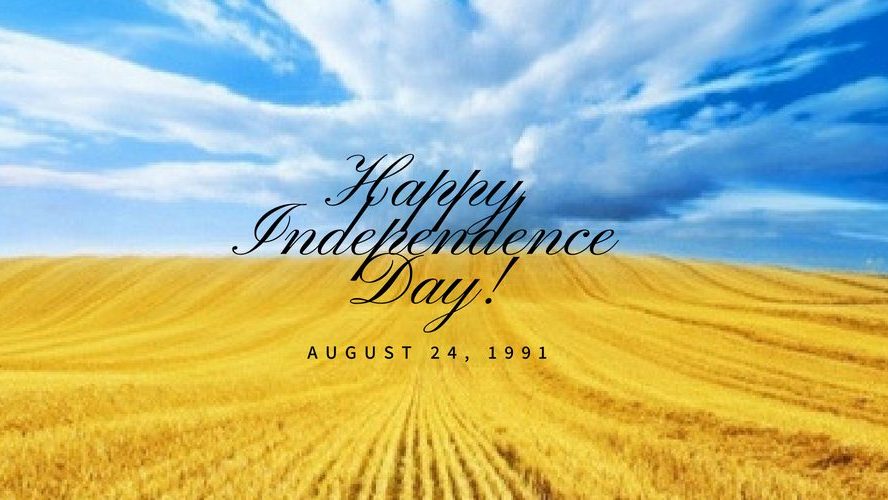
separation of powers A model for the governance of a state (or who controls the state) first developed in ancient Greece. The term comes from a 1762 book by Jean-Jacques Rousseau which discussed this concept. The question of the relation between natural and legal rights, therefore, is often an aspect of this theory. Key Terms social contract A theory or model that originated during the Age of Enlightenment that typically addresses the questions of the origin of society and the legitimacy of the authority of the state over the individual. Its arguments typically posit that individuals have consented, either explicitly or tacitly, to surrender some of their freedoms and submit to the authority of the ruler or magistrate (or to the decision of a majority) in exchange for protection of their remaining rights. However, it played an important rhetorical role in the Haitian Revolution.

Tensions arose between active and passive citizens throughout the Revolution and the question of women’s rights emerged as particularly prominent.Those who were deemed to hold these rights were called active citizens, a designation granted to men who were French, at least 25 years old, paid taxes equal to three days of work, and could not be defined as servants. While the French Revolution provided rights to a larger portion of the population, there remained a distinction between those who obtained the political rights in the Declaration of the Rights of Man and Citizen and those who did not.It embodied ideals toward which France pledged to aspire in the future. Furthermore, the declaration was a statement of vision rather than reality as it was not deeply rooted in the practice of the West or even France at the time. At the time of writing, the rights contained in the declaration were only awarded to men.The spirit of secular natural law rests at the foundations of the Declaration. The concepts in the Declaration come from the tenets of the Enlightenment, including individualism, the social contract as theorized by Jean-Jacques Rousseau, and the separation of powers espoused by Montesquieu.

The key drafts were prepared by General Lafayette, working at times with his close friend Thomas Jefferson. The inspiration and content of the document emerged largely from the ideals of the American Revolution. The Declaration of the Rights of Man and of the Citizen (1791) is a fundamental document of the French Revolution and in the history of human and civil rights.


 0 kommentar(er)
0 kommentar(er)
